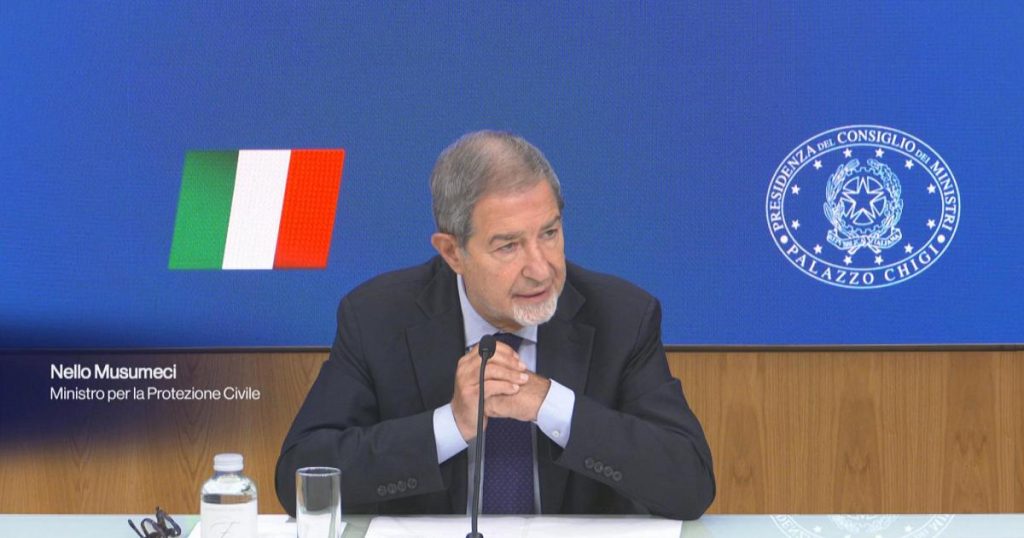In the past decade, the Emilia-Romagna region has received 594,567,679 euros from the government for the fight against hydrogeological disasters. However, there is a call for transparency from a government official who wants to know how much of this funding has been utilized and which areas are most vulnerable to disasters, in order to plan further interventions effectively. The official emphasizes that this inquiry is not meant to be seen as an accusation, but rather as a necessary step towards understanding the situation and making informed decisions.
The official expresses the importance of knowing exactly how the funds allocated for disaster prevention have been spent, with the hope that the majority, if not all, has been put towards necessary interventions. By identifying the most vulnerable territories, it will be possible to target resources effectively and plan for future efforts in a strategic manner. This information is crucial for authorities in Rome to plan additional interventions in a timely and efficient manner, to ensure the safety and well-being of the population in vulnerable areas.
Despite raising questions about the utilization of funding, the official clarifies that the intent is not to provoke conflict with the regional administration. Instead, there is a genuine desire to obtain accurate data on the use of resources and the implementation of projects aimed at preventing hydrogeological disasters. Transparency and accountability are essential in ensuring that public funds are being utilized effectively and that interventions are carried out in a manner that maximizes their impact on vulnerable communities.
The official stresses the need for a precise assessment of how the allocated funds have been utilized in order to provide an objective evaluation of the situation. By having access to accurate data on the progress of projects and the impact of interventions, it will be possible to determine the effectiveness of the measures taken and make informed decisions on future investments in disaster prevention. This information will be crucial in guiding policy decisions and resource allocation to address hydrogeological risks in the region effectively.
In conclusion, the official highlights the importance of understanding the current status of disaster prevention efforts and the allocation of resources in the Emilia-Romagna region. By obtaining transparency on the use of public funds and the implementation of projects, it will be possible to assess the effectiveness of interventions and plan for future actions to address hydrogeological risks. This collaborative approach between regional and national authorities is essential in ensuring the safety and well-being of residents in vulnerable areas and improving overall resilience to natural disasters.















